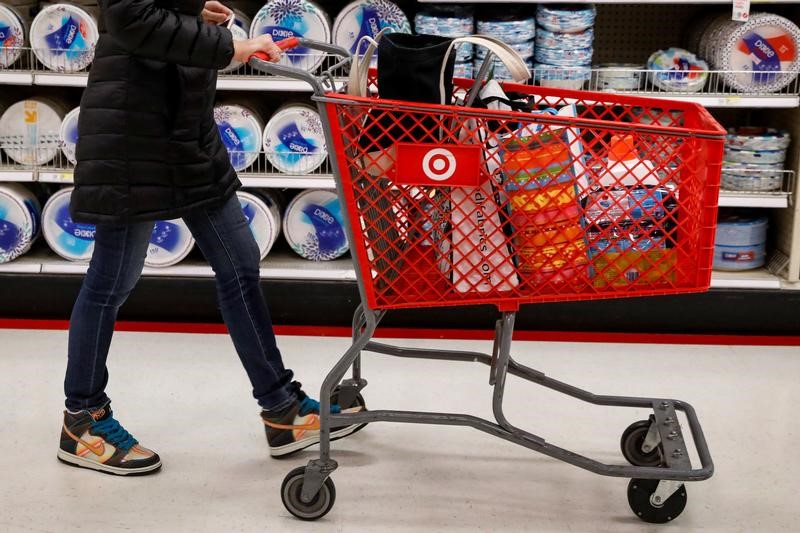Investing.com - U.S. retail sales rose by a larger than expected amount in July, pointing to resilience in consumer spending activity ahead of next month’s Federal Reserve meeting.
Retail sales rose by 1% last month, accelerating from an unchanged reading in June, according to Commerce Department data released earlier Thursday.
Economists had predicted that retail sales, which mostly reflect goods and are not adjusted for inflation, would grow by 0.4%.
On an annual basis, retail sales rose by 2.7%, having increased by a revised lower 2.0% in June.
This data could impact the outlook for the wider economy, as consumption accounts for about two-thirds of U.S. economic growth, which may in turn influence how the Federal Reserve approaches potential interest rate reductions this year.
Additionally, the number of Americans filing new applications for unemployment benefits fell last week, reinforcing concerns that a gradual softening of the labor market remains intact.
Initial claims for state unemployment benefits dropped 7,000 to a seasonally adjusted 227,000 for the week ended Aug. 10, the Labor Department, compared with the expected rise to 236,000.
Last week had seen the largest drop in initial claims in about 11 month--a revised fall of 16,000 to 234,000--which had been a welcome reversal after the previous week’s surprise sharp jump in jobless claims.
The Fed has maintained its benchmark overnight interest rate in the current 5.25%-5.50% range since last July, after hiking its policy rate by 525 basis points since 2022.
However, recent benign inflation data, coupled with signs of a cooling labor market and slowing economic growth have raised the likelihood that the U.S. central bank will start a rate-cutting cycle next month.
